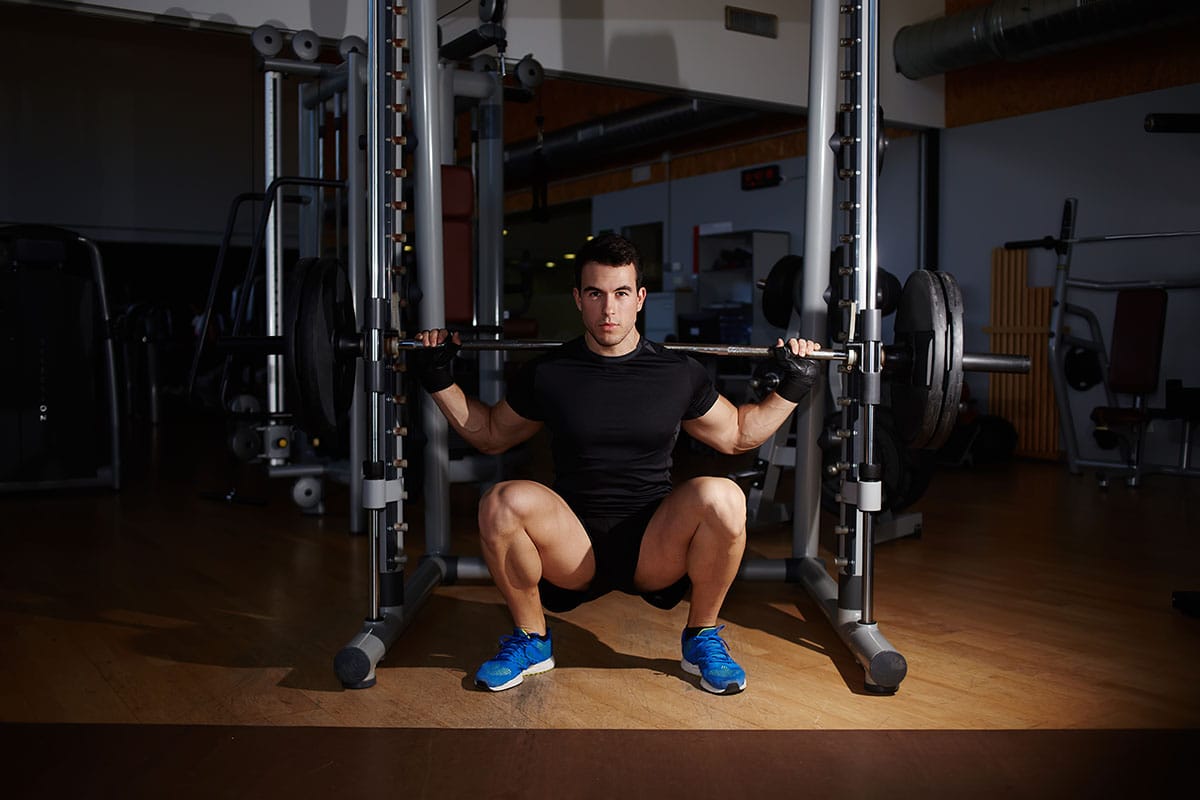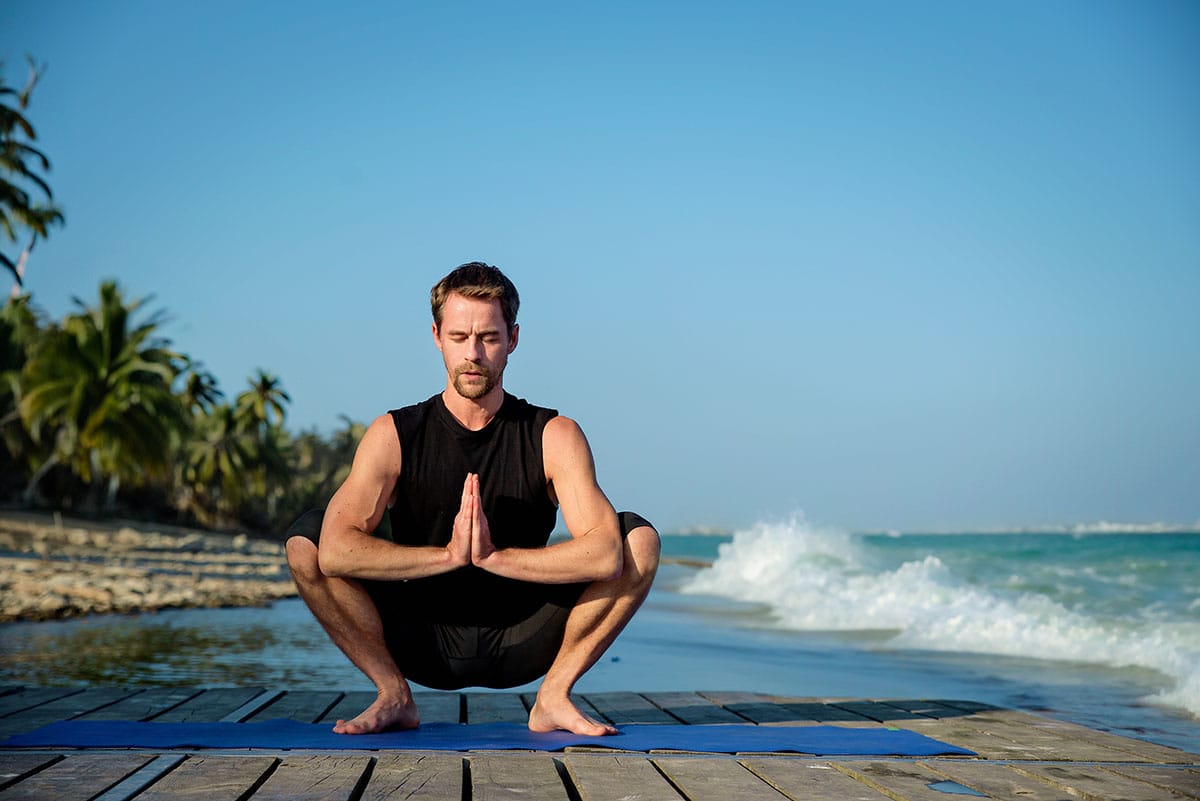Asian Squat: Unlocking Flexibility and Functional Strength
You might have seen people in various parts of the world, especially in Asia, chilling in this deep squat position and wondering, "What’s the big deal?"
Well, let’s break it down and see why Asian squat is a game-changer for your flexibility and overall strength.
Whether you're looking to spice up your workout routine or simply want to improve your mobility, the Asian squat has got you covered.
What is the Asian Squat?
So, what exactly is the Asian squat? Basically, it's a variation of squat in which you squat down with your heels flat on the ground, knees fully bent, and your butt almost touching your heels. Sounds simple, right? But there’s more to it.
This isn’t just a random position; it’s a full squat emphasizing knee and hip flexion, promoting serious flexibility and mobility, unlike the traditional squat, which often involves less range of motion.

Benefits of the Asian Squat
Now, let’s talk about benefits. Why should you care about mastering this squat? Here’s the scoop:
Flexibility Boost
Regularly practicing the Asian squat can do wonders for your hip, knee, and ankle flexibility. This increased range of motion can make a big difference in your daily activities and other workouts.
Strength Gains
Holding this squat position engages your quads, calves, glutes, and hamstrings. Over time, you’ll notice a significant boost in lower body strength and endurance.
Better Posture and Balance
Maintaining an upright torso while squatting helps improve your posture and balance. This is super handy for preventing falls and staying stable during other exercises.
Joint Health
Deep squatting can enhance joint health by boosting synovial fluid production, which keeps your joints lubricated and happy.
Digestive Perks
Believe it or not, squatting is a natural position for bowel movements. It aligns perfectly with your body’s anatomy, promoting better digestion and reducing constipation risks.
How to Perform the Asian Squat
Ready to give it a shot? Here’s how you can nail the Asian squat:
- Start with Your Feet Shoulder-Width Apart: Stand tall with your feet about shoulder-width apart and your toes slightly pointed outwards. This gives you a stable base.
- Lower Your Body: Bend your knees and lower yourself into a squat. Keep your heels flat and your knees tracking over your toes.
- Maintain an Upright Torso: Keep your back straight and chest up as you go down. Engage your core to stay balanced.
- Sit Deep: Lower until your butt is close to your heels and your thighs are parallel to the ground. Your heels should stay flat.
- Hold the Position: Once you’re down there, hold the squat for as long as it's comfortable. Start with shorter durations and gradually increase the time.
- Rise Slowly: To come back up, press through your heels and straighten your legs slowly.
Variations and Progressions
The Asian squat isn’t a one-size-fits-all deal. You can tweak it to match your fitness level and goals. Here are some variations:
- Assisted Squat: If you’re new to this, use a chair or wall for support. This helps build confidence and strength.
- Weighted Squat: Hold a type of dumbbell or kettlebell close to your chest while squatting. This adds resistance and increases the challenge.
- Squat with Rotation: Add a twist by rotating your torso to one side while squatting. This engages your obliques and improves core stability.
- Single-Leg Squat: For the advanced folks, try squatting on one leg. This demands more balance and strength, giving you a tougher workout.

Common Mistakes and How to Avoid Them
Even though the Asian squat seems straightforward, there are common mistakes to watch out for:
- Lifting Heels Off the Ground: Keep those heels flat to maintain stability and proper alignment.
- Rounding the Back: Avoid rounding your back or leaning too far forward. Keep your torso upright and spine neutral.
- Knees Caving In: Unless you’re doing the knees over toes program, make sure your knees track over your toes and don’t cave inward. This protects your knee joints.
- Holding Breath: Breath naturally throughout. Holding your breath can increase tension and reduce oxygen flow to your muscles.
Incorporating the Asian Squat into Your Routine
Wondering how to fit this into your routine? Here are some ideas:
Warm-Up: Use the Asian squat as a dynamic warm-up before your workouts. It preps your joints and muscles for action.
Stretch Breaks: Take short breaks during the day to squat. This can help alleviate stiffness, especially if you’re desk-bound.
Functional Movements: Incorporate the squat into everyday tasks like picking up objects or gardening. It enhances mobility and makes daily tasks easier.
Mindfulness Practice: Use the squat as a mindfulness exercise. Focus on your breath and body alignment to reduce stress and improve mental clarity.

Frequently Asked Questions About the Asian Squat
Q: Is the Asian squat suitable for everyone?
While it’s great for most people, those with knee, hip, or ankle issues should check with a healthcare professional first. Modifications might be needed.
Q: How long should I hold the Asian squat?
Start with 10-20 seconds and gradually increase as you get more flexible and stronger. Aim for 1-2 minutes for maximum benefits.
Q: Can the Asian squat improve my performance in other exercises?
Of course! It enhances flexibility, balance, and lower body strength, which can boost your performance in exercises like squats, lunges, and deadlifts.
Q: What if I can't keep my heels flat on the ground?
If your heels lift, try placing a small wedge or rolled-up towel under them for support. Work on ankle mobility exercises to improve flexibility.
Q: How often should I practice the Asian squat?
Aim for 3-4 times a week. Consistency is key to reaping the benefits.
Wrapping It Up
So, there you have it: all you need to know about the Asian squat. It’s more than just a cultural practice; it’s a fantastic way to boost flexibility, strength, and overall functional fitness. Give it a try and see how it transforms your daily routine and workout regimen. Happy squatting!
Ready to conquer the flexibility and body of a Greek god? We’ve made it simple to work on customized fitness plans or to introduce a little friendly competition to your fitness community by sharing exercises with your friends. Get started for free through the Flex fitness app.
Related articles


Get fit with Flex
Build muscle & lose weight fast for free.
Available on iPhone + Apple Watch





